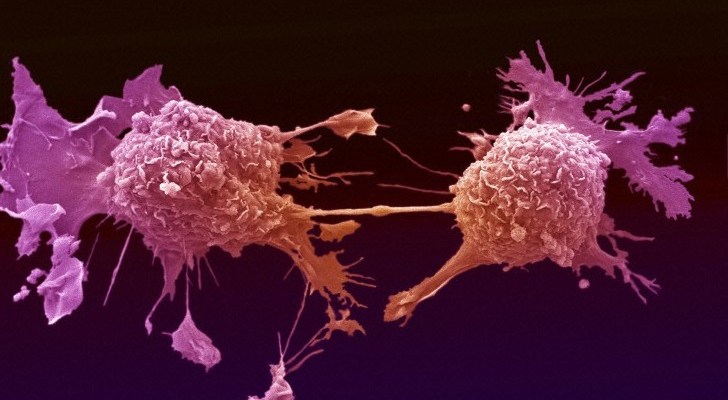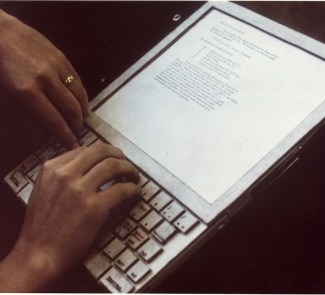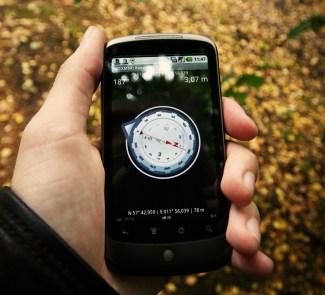mHealth aspires to be a powerful ally in Third-World countries. A new device created by scientists at Cornell University detects some types of cancer quickly and cheaply.
One of the biggest health care problems in Third-World countries is that they lack systems for the early diagnosis of diseases. This means that patients can’t be treated until they start to suffer from a particular pathological condition. In the case of cancer, the problem is aggravated because the earlier therapy starts, the better patients respond to the treatments.
But the use of mHealth could significantly change the early-diagnostic systems for some types of cancer. Specifically, scientists at Cornell University have been studying a device built based on a smartphone that could help diagnose patients with Kaposi’s sarcoma.
This type of cancer forms malignant lesions on the skin, mucous membranes, lymph nodes and other organs. With the device invented by the US scientists, this type of malignant neoplasia could be diagnosed easily, considerably reducing the waiting time and economic costs associated with the cancer diagnosis.

The system, which costs just under 500 dollars, is quite simple. It consists of the smartphone itself, a mobile application, some lenses and a tiny chip, that makes it possible to detect whether patients have this type of cancer. The device works using gold nanoparticles, which are able to combine with samples of viral DNA, in the case of people who have Kaposi’s sarcoma.
If the chemical reaction occurs, the particles combine together and allow less light than normal through the device, causing a colour change that is visible to the naked eye. An optical sensor connected to the smartphone can “measure” this colour change to show the severity of the viral infection that is produced during the progression of this type of cancer.
The first prototype was tested last year in Uganda and Kenya, and based on the positive results obtained, it is expected to be distributed in other regions of the Third World. Its low cost, along with the low power needed for it to operate (around 100 times less than traditional methods, because it is solar powered), make this a suitable candidate to improve health care in these countries.
Images | Wellcome Images (Flickr)









